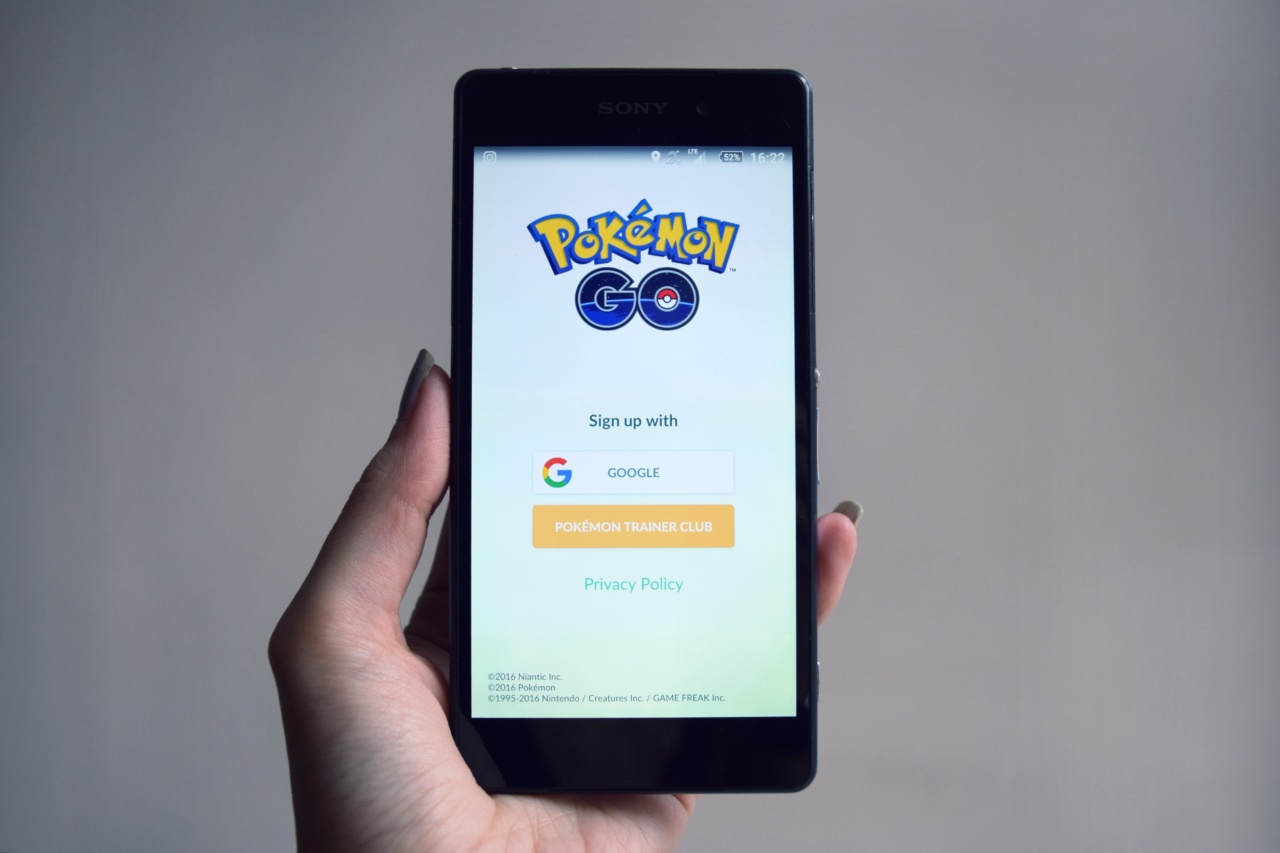Mobile phones have become an indispensable part of our daily lives. From communication and entertainment to information access and productivity tools, these devices have revolutionized the way we live and work.
However, concerns about the potential health risks associated with mobile phone radiation have also emerged. In this article, we aim to provide a clear understanding of the realities of mobile phone radiation, separating fact from fiction.
What is mobile phone radiation?
Mobile phone radiation refers to the electromagnetic radiation that is emitted by mobile devices. This radiation falls under the category of non-ionizing radiation, which means that it lacks sufficient energy to ionize atoms or molecules.
The primary source of mobile phone radiation is the antenna, which transmits and receives signals to and from nearby cell towers.
Types of mobile phone radiation
Mobile phone radiation can be categorized into two main types: ionizing and non-ionizing radiation.
Ionizing radiation, such as X-rays and gamma rays, has enough energy to remove tightly bound electrons from atoms, potentially causing cellular and DNA damage. Non-ionizing radiation, on the other hand, lacks the necessary energy to break chemical bonds and is generally considered to be less harmful.
Measurement of mobile phone radiation
The specific absorption rate (SAR) is the unit of measurement used to determine the amount of radiation absorbed by the human body when exposed to mobile phone radiation.
SAR values are measured in watts per kilogram (W/kg) and represent the rate at which energy is absorbed by various tissues in the body. Regulatory authorities set SAR limits to ensure that mobile phones on the market comply with safety standards.
The safety standards and regulations
Mobile phones undergo rigorous testing to ensure they comply with safety standards and regulations set by regulatory bodies around the world.
These standards take into consideration the SAR values and set permissible exposure limits to protect users from potential adverse effects of mobile phone radiation. Manufacturers are required to adhere to these guidelines and ensure their devices meet the specified safety requirements.
Potential health risks of mobile phone radiation
Scientific research on the health effects of mobile phone radiation is ongoing, and a consensus has not yet been reached.
Some studies suggest a possible link between long-term exposure to mobile phone radiation and certain health conditions, including brain tumors, fertility issues, and behavioral problems in children. However, the overall evidence remains inconclusive, and many experts believe that the current levels of mobile phone radiation are unlikely to cause significant harm.
Reducing exposure to mobile phone radiation
While the health risks associated with mobile phone radiation are still under investigation, it is advisable to take precautionary measures to reduce exposure. Here are some practical steps you can take:.
1. Use hands-free devices
Using hands-free devices, such as earphones or Bluetooth headsets, can reduce the proximity of the mobile phone to your body, thereby minimizing direct exposure to radiation.
2. Limit call duration
Shortening the duration of phone calls can help reduce overall exposure to mobile phone radiation. Opt for text messages or landline calls whenever possible.
3. Maintain distance
Avoid keeping your mobile phone in direct contact with your body, especially for prolonged periods. Keep it in a bag, purse, or pocket rather than against your skin.
4. Use speakerphone or messaging apps
Utilize the speakerphone feature or messaging apps that allow voice communication without holding the mobile phone against your ear. This reduces close-range exposure to the radiation emitted by the device.
5. Avoid sleeping with your phone
Keep your mobile phone away from your bed while sleeping. Electromagnetic radiation from the device can disrupt your sleep patterns and potentially affect overall health and wellbeing.
Conclusion
The realities of mobile phone radiation involve understanding the different types of radiation, the measurement methods, safety standards, potential health risks, and precautionary measures to reduce exposure.
While there are ongoing debates and scientific studies on the long-term effects of mobile phone radiation, following simple guidelines can help minimize any potential risks. It is essential to stay informed, be aware of the latest research findings, and make informed decisions about the use of mobile phones.






























